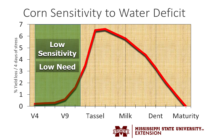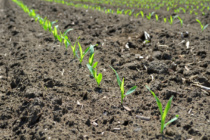👤Erick Larson, State Extension Specialist - Grain Crops
🕔12:23, 6.Dec 2019
Mississippi State goes to great lengths to evaluate, assess and analyze corn hybrid performance, so you have good information to make decisions which improve the profitability of your farm. These Hybrid Demonstration trials are grown in numerous on-farm locations throughout the state where you can better evaluate hybrid performance of our region’s most elite hybrids. Complete results, including yields and plant characteristics from this year’s trials are published here.
Read Full Article▸





















